
Narcolepsy is a sleep disorder that causes excessive daytime sleepiness or drowsiness and an overwhelming urge to sleep. Persons who suffer from this chronic disorder have difficulty staying awake during the day and often fall asleep in inappropriate occasions. Narcolepsy often causes significant problems in one's daily routine.
This disorder is not linked to depression, seizures, fainting or a simple insomnia, although they may share some of symptoms.
Narcolepsy cannot be cured. There are, however, certain medications and methods that can make it easier.
One of the main symptoms of narcolepsy is excessive sleepiness during the day. The urge to fall asleep can be quite overwhelming and sleep can occur anytime and anywhere. For example, a person suffering from narcolepsy can just fall asleep in the middle of a conversation. The sleep may last a few minutes or half an hour. It is not unusual that later in the day, the person will feel extremely awake and alert, but the attack of sleepiness will probably come back again. Many persons find this disorder to be very embarrassing.
The other symptom is cataplexy, or sudden loss of muscle tone. This can mean weakness or difficulty speaking. Cataplexy is usually triggered by a strong emotion, like excitement, fear, anger. Sometimes a narcoleptic person loses muscle tone while laughing hard.
Sleep paralysis is another symptom and it can be very frightening. The person loses the ability to move during sleep or upon waking up. These episodes are usually brief but extremely unpleasant, as the person can be fully conscious and aware of the condition but cannot do anything about it.
Narcolepsy can also cause hallucinations. These are called hypnagogic hallucinations and they happen when a person enters the REM phase very quickly and mistakes dreams for reality.
People who have narcolepsy can have other sleep disorders as well. Those include obstructive sleep apnea, in which breathing starts and stops (involuntarily) during the sleep, restless legs syndrome, or insomnia.
Narcolepsy usually starts between the ages of 10 and 25, but it can also happen to a person in their fifties.
Causes of narcolepsy are not well defined yet. They most likely involve genetics, infections, exposure to toxins or stress.
The difference between normal sleep patterns and narcolepsy is that in normal sleep, the first stage is non-rapid eye movement phase (NREM) and the rapid eye movement phase (REM) occurs after an hour or two, while a person who has narcolepsy may skip the NREM and enters directly into the REM phase.
There is also a difference on the chemical level. People who suffer from narcolepsy have lower levels of hypocretin, which is a neurochemical that regulates wakefulness and the REM phase.
There are some medications that can help cope with the symptoms of narcolepsy. Those can be different stimulants, inhibitors, and antidepressants. The best and most reliable way to chose a medication for narcolepsy is to consult a medical specialist.
People with narcolepsy should be careful with other drugs, especially ones that can be bought over-the-counter, because it is not rare that a drug has side effects that include drowsiness and they will just aggravate the symptoms of narcolepsy.




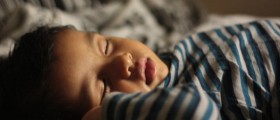
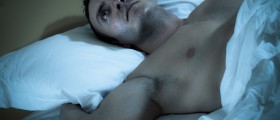



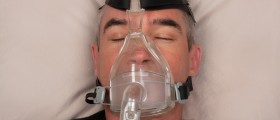
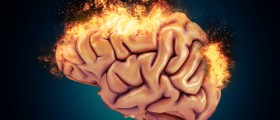


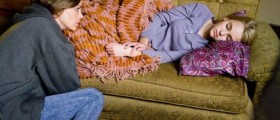

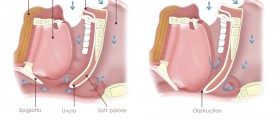

Your thoughts on this
Loading...